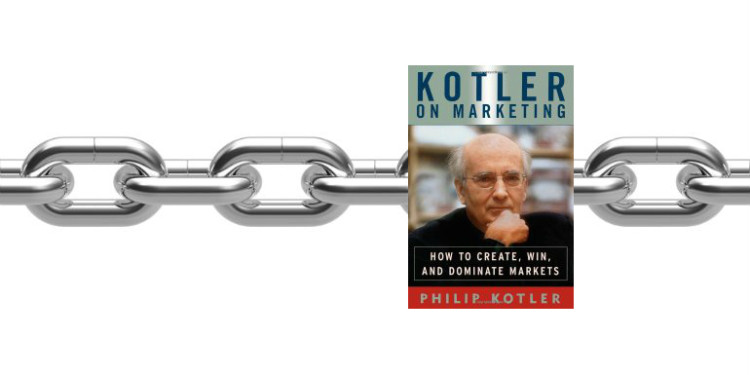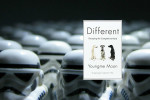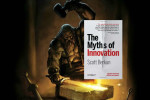Finding hidden opportunities in your consumption chain

Kotler on Marketing: How to Create, Win, and Dominate Markets by Philip Kotler
In Kotler On Marketing, Philip Kotler introduces consumption chain analysis as one of three ways to find new market opportunities: 1) supplying something in short demand; 2) Supplying an existing product or service in a new or superior way; or 3) Supplying a new product or service. A consumption chain can be thought of as the value chain, but from the customer’s perspective (also called a customer journey map). When considering supplying a new product or service, one starting point is to think about the entire lifecycle of the way value is delivered to discover new points of differentiation. The Consumption Chain is a way of looking at your total product and user experience in the context of creating a new product or service. By asking the question “Is there a unique way of delivering value” at each step in the consumption chain, you can get ideas about new ways to solve problems and “jobs to be done”. The framework is similar to Service Design, in which the whole product experience is designed.
The consumption chain is typically portrayed as a lifecycle view:
- Awareness: How do people become aware of their need for your product or service?
- Search: How do people find your current (or upgraded) offerings?
- Selection: How your customers make their final selection?
- Order and Purchase: How do consumers order and purchase your product or service?
- Delivery: How is your product or service delivered? What happens when your product or service is delivered?
- Payment/Financing/Receipt: How is your product or service paid for?
- Installation: How is your product installed?
- Storage: Is your product stored?
- Transportation: Is your product moved from one place to another?
- Use: How are your customers really using your product?
- Service: What do consumers need help with when they use your product?
- Repairs: How is your product repaired or serviced?
- Returns: Can your product be returned or exchanged?
- Final Disposal: What happens when your product is disposed of or no longer used?
Considering the consumption chain gets you thinking not only about all the customer touch points, but also about all the organizations which support your product and how your product truly lives in its lifecycle. As you work your way through the chain, distribution channels are a natural extension. Customer service and all extended touch points with your customer are included. The consumption chains also a great complement to your business and revenue model. Understanding the sequence within which your product or service is experienced. In this video, Ian MacMillan (co-author of Discovery-Driven Growth) discusses the idea of triggers which move a customer from one link in the chain to the next. He gives the example of Microsoft as a software provider which releases upgrades to products and needs to find a way to get its user base an older version to a newer version.
Michael Porter’s essential strategy finding is that “Good strategy is not competing to be the best, but competing to be unique. The worst error in strategy is to compete with rivals on the same dimensions.” With this in mind, taking a close look at your consumption chain is a great place to start when innovating.






